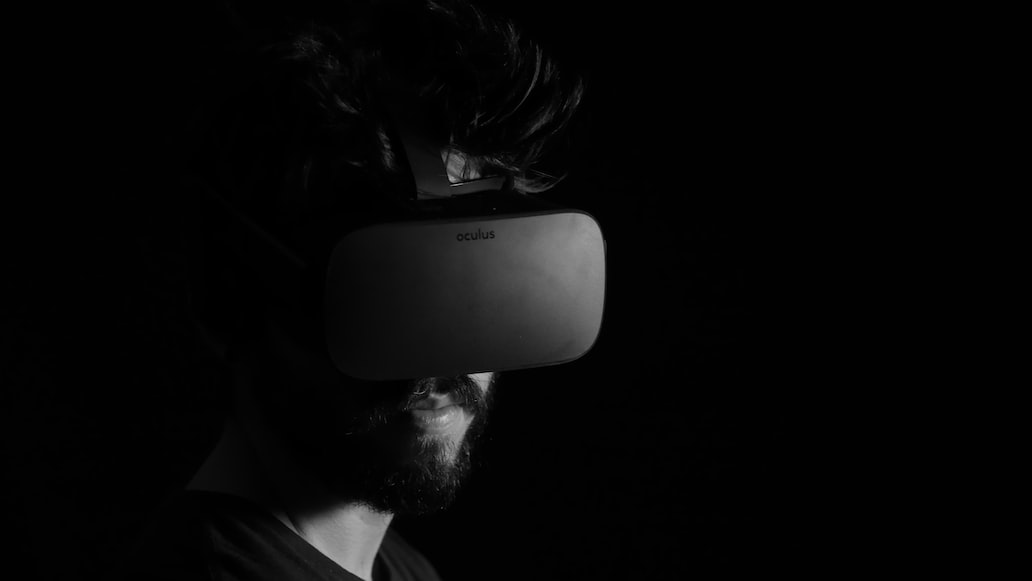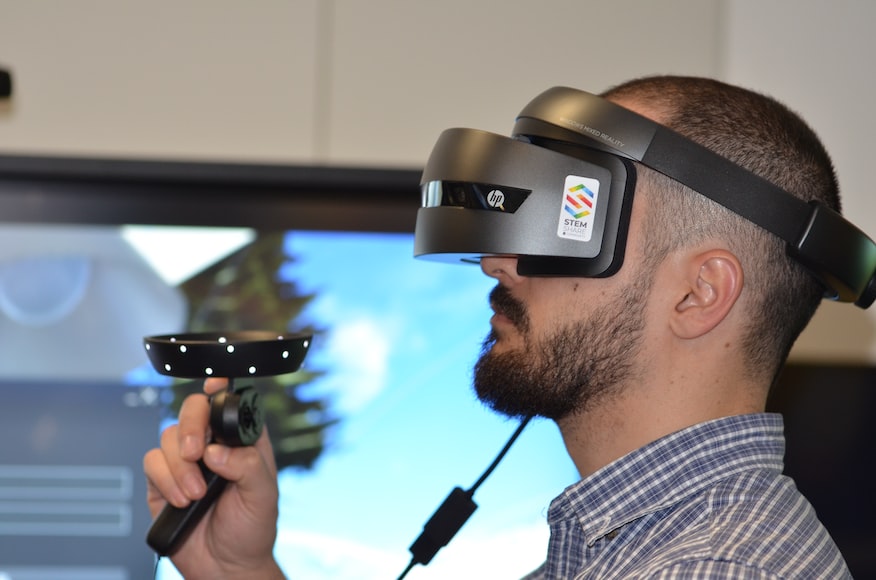
The combo of virtual interior design and augmented reality is an opportunity for designers to truly immerse a person into the 3D interior design project they have created. This new technology also allows one to interact with the design, objectively evaluate the chosen solutions and, if necessary, make changes.
Augmented reality in interior design offers the opportunity not only to get a general idea of ??the design project, as it was before, but to see and consider every detail. It is convenient, fast and helps to avoid misunderstandings between the parties.
How does it work?
A person puts on virtual reality glasses. With their help, they will be able to see, for example, a flat, a house or a commercial facility with a programmatically created interior. Layout, decoration, arrangement of furniture and decor - each component can be recreated in VR and AR by a developer, and then changed as needed.
A 360-degree view allows one to better navigate in space, evaluate the use of that space, consider possible options for redevelopment or visual expansion of space with design solutions. Right during the viewing, the client can make changes to the project - they will change in real time.
Advantages of Design + Virtual Reality technology:
- the ability to provide the customer with several solutions to choose from;
- creation and refinement of the interior at the highest level in order to satisfy high client demands;
- faster project completion with easy demonstration;
- faster project approval;
- high-precision display of textures of walls, floors, furniture;
- the ability to view the room at different times of the day, simulate natural and artificial lighting;
- different options for interacting with objects in the environment.
In addition, virtual reality glasses for interior design also give the much needed WOW effect. The technology is new and most potential customers have not yet encountered it. Therefore, the process of studying the project will not only be more convenient, but also much more exciting.
VR flat design is now becoming an important competitive advantage for architecture, construction and design companies that want to attract more potential customers, because of high-quality visualization in high resolution. In the future, such technology will only develop and improve.
Basic principles of VR in interior design
Back in 2016, Google (News - Alert) I/O presented the key principles for using virtual reality in the work of design studios (and not only). Among these principles, there where the following:
Performance optimization. If it's a demo, the frame rate must be 60 FPS or higher. No sittings. Firstly, FPS drops worsen the overall experience. Secondly, they can affect the vestibular apparatus, causing nausea and dizziness. In some cases, it's better to lower the display quality slightly but increase performance.
Convenience guaranteed. It is quite useful to save user actions as much as possible - to combine movements, automate interaction with the virtual world, and bind objects in VR to a grid. It is also quite convenient to be able to use VR from any position. The clients should be able to study the interior sitting or standing. Plus, they should have the option of 360 ??degrees rotation.

Ease of learning. There are no clear rules by which a person should interact with virtual or augmented reality. But there definitely should be clear feedback. Therefore, in many ways, the task of educating a person and simplifying this interaction falls on the developers of programs for VR / AR and the visualization itself. All aspects of interaction are best explained with real examples, rather than text.
Excessive literalness is not so important. Going for maximum realism is not worth it. The main thing is to create the right idea about the future interior, and not to recreate every little thing that the client may not pay attention to at all. Sometimes you can successfully use different landmarks of the real world, the physical properties of objects, and so on. But without fanaticism.
Quality sound design. Although more than 90% of information is learned visually, sound in virtual and augmented reality is very important. Accurately selected sound helps to better navigate in the created space, immerse in the created reality, and focus on the main thing.
Other recommendations for VR videos:
- Do not "attach" the camera to any object. It interferes, distracts, impairs visibility and leaves an unpleasant impression.
- Do not speed up or slow down the camera. Such speed changes cause discomfort. All movements should be smooth, not too fast, without jerks and unforeseen changes in the trajectory.
- Try to keep the distance from the floor to the level of the person's eyes. Not necessarily accurate to the centimeter, but at least approximately. Now, this problem is easily solved by systems for tracking position in space. But if you won’t use it, it is recommended to find out the height of those who will inspect the object in VR.
- If the person has pets, it would be quite nice to also include them in the design of the house or flat. When seeing his ragdoll cat or little terrier, the client will experience positive emotions, which will make the project itself look nicer.
Virtual and augmented reality technologies are already used by many companies as the main or additional visualization tool. Such decisions have a positive impact not only on the result of the work, but also on the image of the company as a whole.
Have you ever tried presenting your design in VR? Did you ever manage to take a look at such a design? Tell us more in the comments below!
